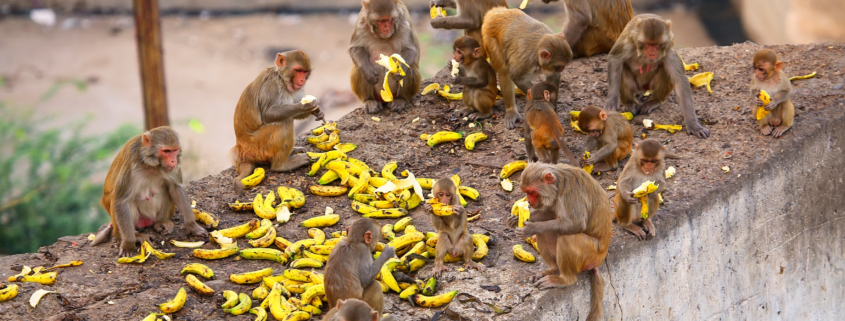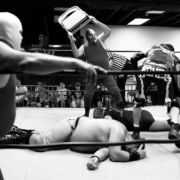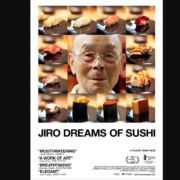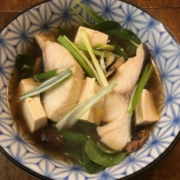Some low hanging fruit is just rotten
One of the most significant challenges that creative individuals and teams face involves the decisions they make about their projects. These choices include, but are not limited to, what projects to pursue, whom to work with, which methodologies and techniques to use, how to execute these projects, and where and how to present them to a wider audience.
Each of these decisions, whether conscious or unconscious, involves a series of cost-benefit calculations.
That being said, it’s easy to fall into the trap of going for what seems like the “low-hanging fruit.”
In the academic world, this often translates into working on tasks like developing teaching resources, and researching and writing conference papers, opinion pieces, letters to the editor, encyclopedia entries, book reviews, and chapters in edited scholarly books.
At first glance, these types of projects can seem rewarding. They may provide temporary personal satisfaction, including a sense of accomplishment, and with most of them the joy of finally seeing your ideas and work in print. Moreover, when anyone asks you what you are working on, at the very least you probably won’t look or sound dumbfounded.
And, in the early stages of an academic career, these material items can serve as essential building blocks for establishing a scholarly publishing track record.
Undoubtedly, many scholars, especially those early in their careers, invest substantial resources on topics and with projects that don’t necessarily help them achieve their goals of securing an academic position, earning tenure and promotion. Engaging in this kind of work is sometimes akin to indulging in comfort food—it feels good, but you know it’s not it’s not good for you.
However, as academics progress in their careers, especially if they are working in highly ranked institutions of higher learning, these types of projects may not significantly advance scholars careers. Why? In most academic circles, (short of the views expressed by adherents to Scholarship Reconsidered), these products are not as valued as articles published in high-status peer-reviewed journals.
Spending one’s resources on low hanging fruit can lead to frustration, missed opportunities, and, in some cases, even depression or job stagnation or loss. Thus, in academic research, it’s essential to go through a conscious decision-making process that makes sense to you. Yes, you can publish in venues where the bar to admission is not that high, but it’s also wise to consider your predicted return on investment and “Who is the audience for your research?”
Just like the student or colleague who tells you, “But I really worked hard on this paper,” you too might spend countless hours on a project, even getting the work published in a highly ranked journal, but if your target audience doesn’t truly care, it may not yield the desired meaningful (scholarly) impact.
Conducting scholarly research is all about making cost-benefit calculations. There are undoubtedly better and worse subjects to write about, methodologies to employ, and venues where your work might appear in print.
In conclusion, making informed choices in academic research involves more than just picking low-hanging fruit. It’s about evaluating the real value and potential impact of your work, considering your intended audience and long-term goals, and making decisions that align with the academic journey you want.
Photo credit:
Photographer: Donyanedomam
Title: Group of Rhesus macaques eating bananas stock photo











